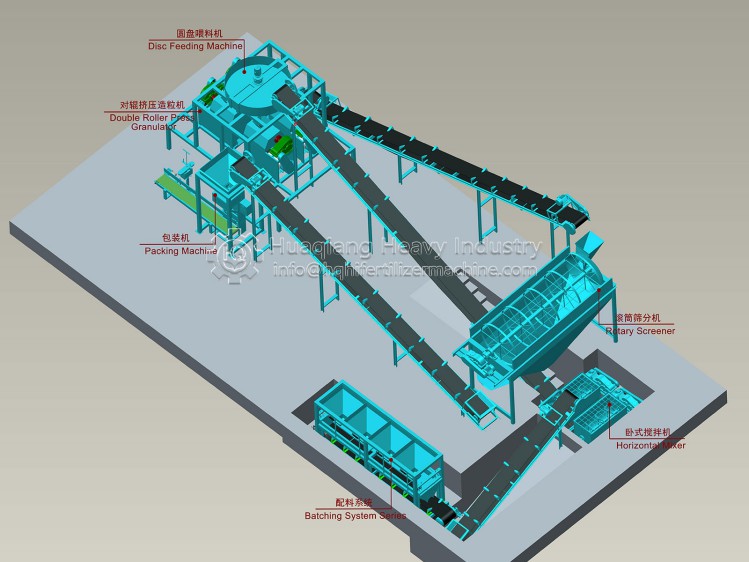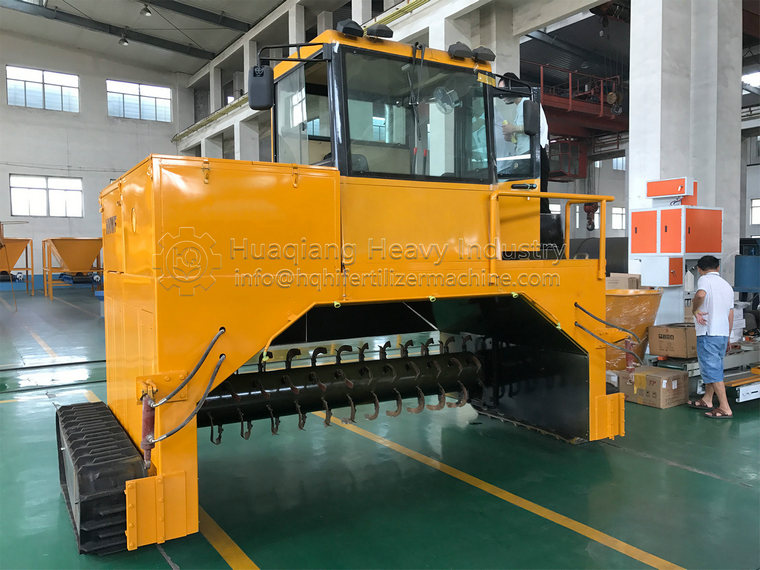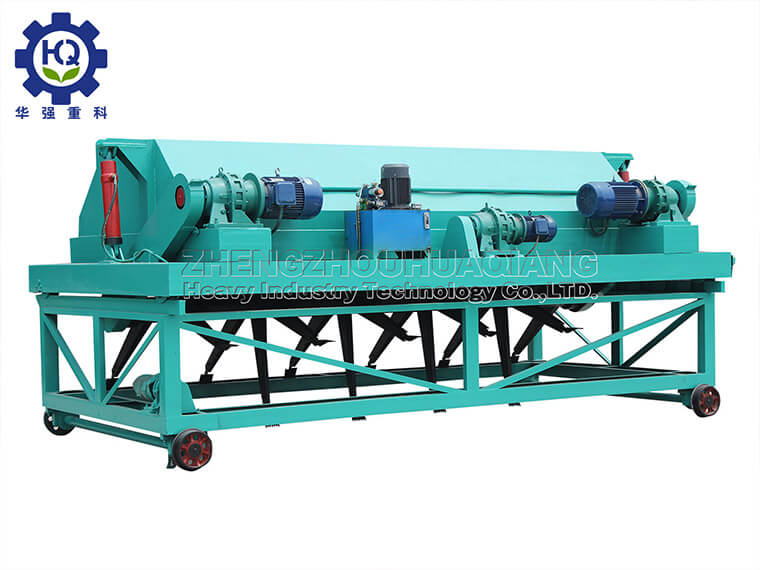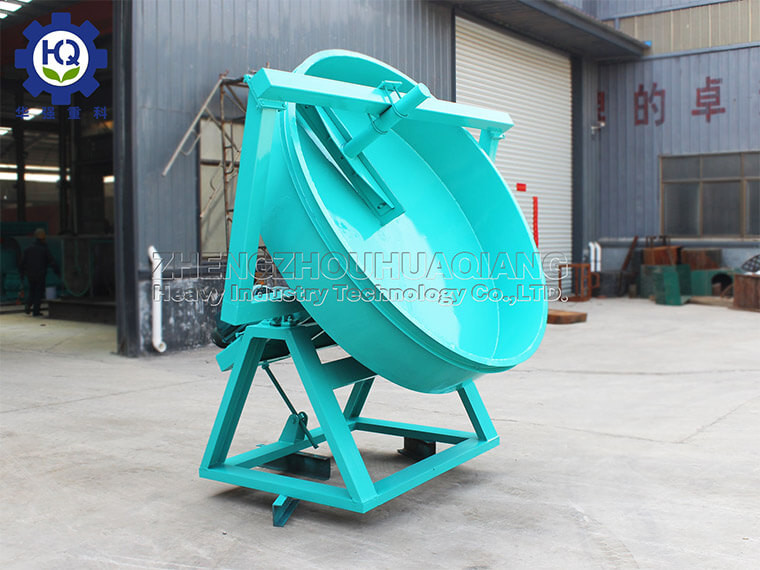There are many precautions when using the compost windrow turner after purchasing it. It is not only the assembly of the compost windrow turner that can be used safely. It is necessary to train the professional operation personnel of the compost windrow turner in order to safely produce in the future application. At the same time, professional repair personnel are also needed. In this way, the compost windrow turner can be repaired immediately immediately if there is a problem, and there are ways to deal with the various problems that the equipment may present , the same time in the production of the equipment must pay attention to safety, in order to better operation with safety assurance. The following is to explain the use of the compost windrow turner should pay attention to a few points:
1. Grasp the function of the equipment. Understand the operation method, protection method, production capacity and application scope of the compost windrow turner, and understand the effect of all controllers and alarm devices of the equipment. At the same time, we must read the “notice” carefully, and pay attention to the safety accidents that will occur if the organic fertilizer equipment continues to operate under low pressure and high temperature.
2. Understand the operating procedures. The safe production of the organic fertilizer machine depends on the careful operation of the operator and the grasp of the technical functions of the equipment. Therefore, it is the responsibility of each operator to understand and grasp the operation requirements of the compost windrow turner, the potential accidents and Preventive Measures Existing in the operation site, and discuss such problems with the management personnel.
3. Check before launch. Before starting the compost windrow turner, it is necessary to admit that the protective device is safe and undamaged, check whether the oil circuit system is normal, whether there is oil leakage, and whether the components in the compost windrow turner have been fastened, so as to ensure that the equipment can be started again without any hidden danger.


.jpg)
.jpg)




